1. Liver and Onions
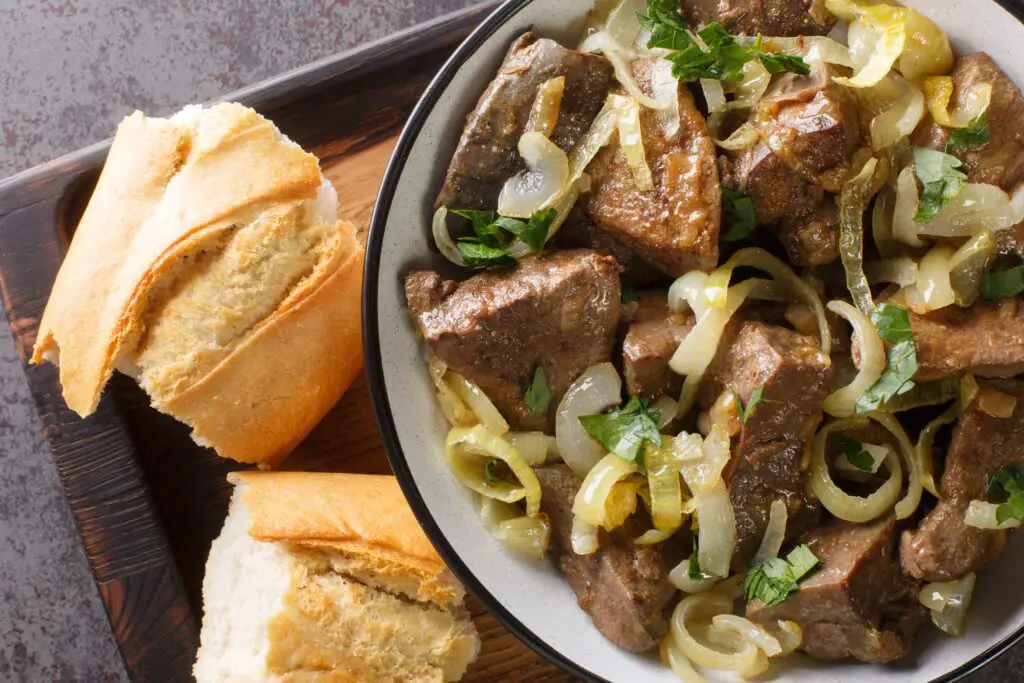
Liver and onions might’ve been a staple on the dinner table back in the ’50s, but today, most nutritionists would probably wince at the thought. Sure, liver is packed with iron and vitamin A, but it’s also high in cholesterol and not exactly the leanest cut of meat. Back then, it was praised as a “superfood” before that term even existed, and kids were expected to clean their plates whether they liked it or not. The onions were usually pan-fried in generous amounts of butter or bacon grease, making the dish extra rich (and not in a good way) shares Men’s Health.
These days, you’re more likely to find someone blending spinach into a smoothie than frying up liver for dinner. The texture alone is enough to turn many people off, and the strong metallic flavor doesn’t help. Nutritionists today would probably suggest a grilled salmon or lentil-based meal instead. Still, for many families, this was a budget-friendly way to feed a crowd, especially when meat was expensive or rationed explains the Telegraph.
2. Tuna Noodle Casserole
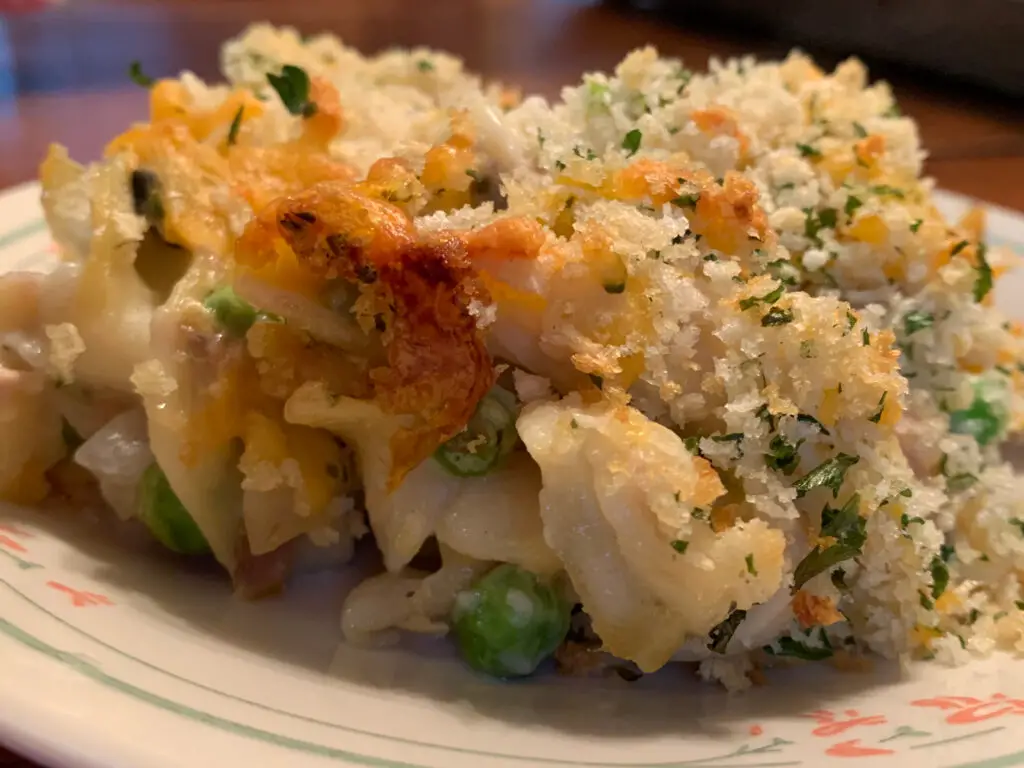
This was a go-to dish when moms needed something quick and filling—just canned tuna, egg noodles, cream of mushroom soup, and maybe a handful of peas if you were lucky. It all got stirred together and topped with crushed potato chips or breadcrumbs, then baked until bubbly. No one questioned whether this combo made nutritional sense—it was more about convenience and stretching a can of tuna across an entire meal shares the Daily Times.
A modern dietitian might be horrified by the sodium content alone. Between the canned soup, salty chips, and processed tuna, this dish was a salt bomb. And there wasn’t a whole lot of fresh anything happening in this casserole. These days, people are more into fresh fish with whole grains and veggies, but this was comfort food before that term was trendy says WBUR.
3. Jell-O Salad with Ham
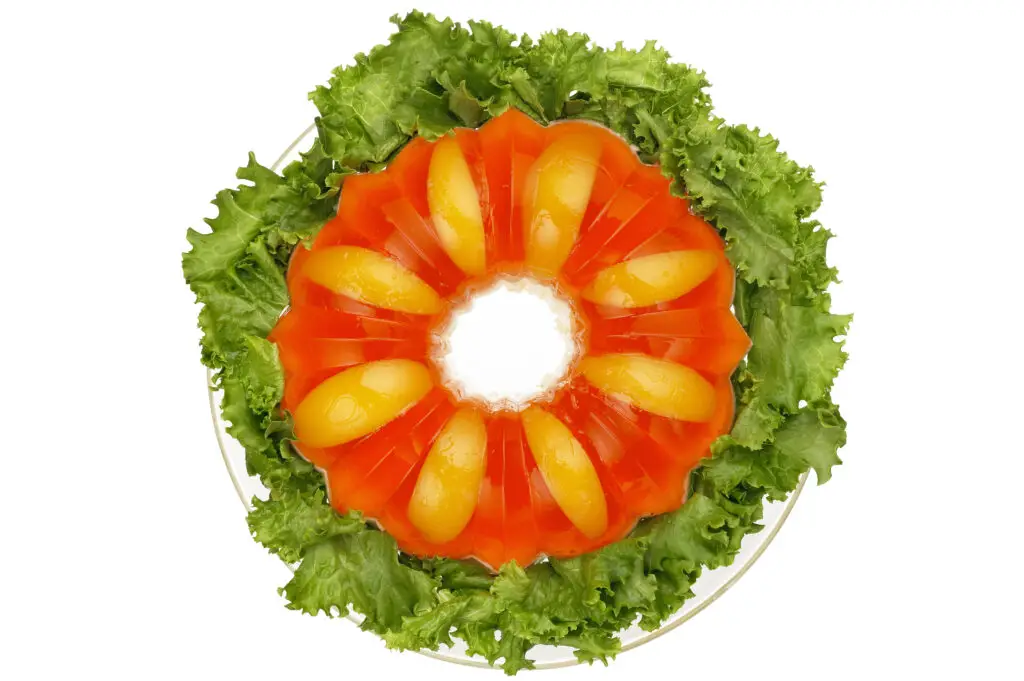
Yes, this was a real thing—and no, it wasn’t dessert. In the ’50s, savory Jell-O salads were wildly popular, and that often meant suspending things like chopped ham, olives, or even shredded cabbage in a wiggly lime or lemon gelatin base. It sounds unthinkable now, but it was considered stylish and even a bit fancy if served in a molded ring.
Modern nutritionists would probably have a field day with this one. Between the sodium-laden ham and the sugary Jell-O, it was a strange mash-up of salty and sweet with very little nutritional value. Not to mention the texture—it’s hard to make meat and gelatin work together. This dish has mostly disappeared from the dinner table, and honestly, that’s probably for the best.
4. Creamed Chipped Beef on Toast
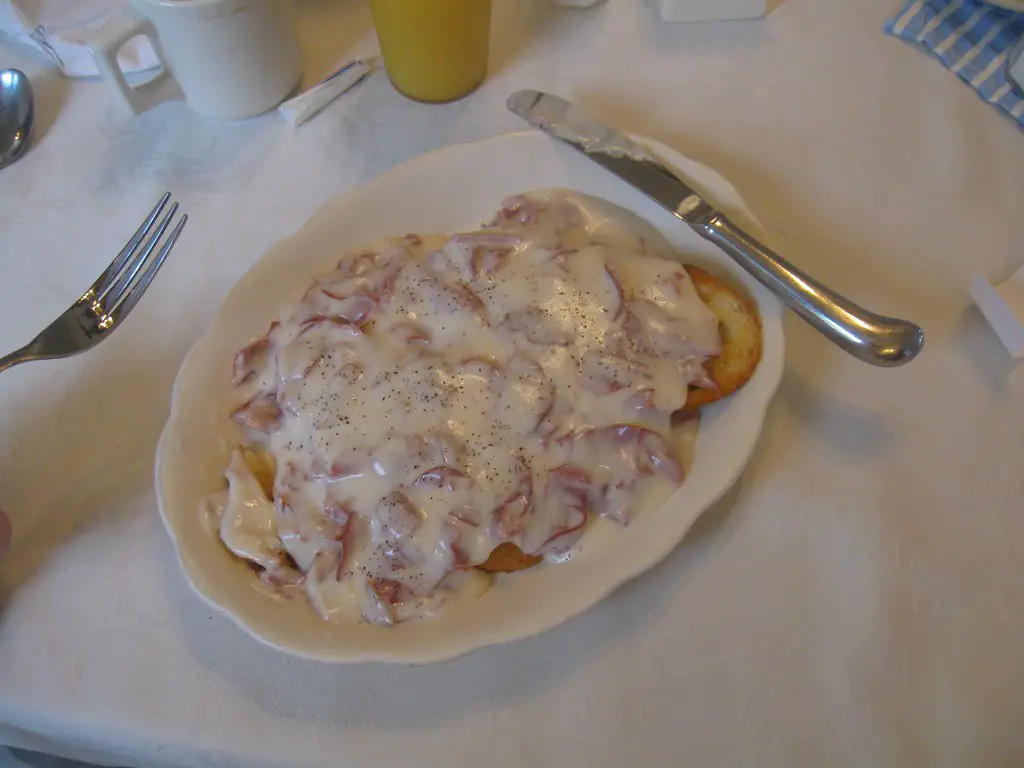
Also known as “SOS” (a slang nickname that’s not exactly polite), this was a military-inspired meal that made its way into American kitchens. It was dried beef sliced thin, stirred into a thick white gravy, and poured over toasted white bread. Cheap, salty, and endlessly filling, it became a weeknight favorite in many households.
Today, it’s the kind of meal most health experts would tell you to skip. The sodium levels were off the charts, and the white sauce was made with butter, flour, and whole milk—not exactly light. White bread adds almost no nutritional benefit, and dried beef is highly processed. While it might bring back memories for some, it’s not winning any awards for heart health.
5. Spam and Pineapple Bake
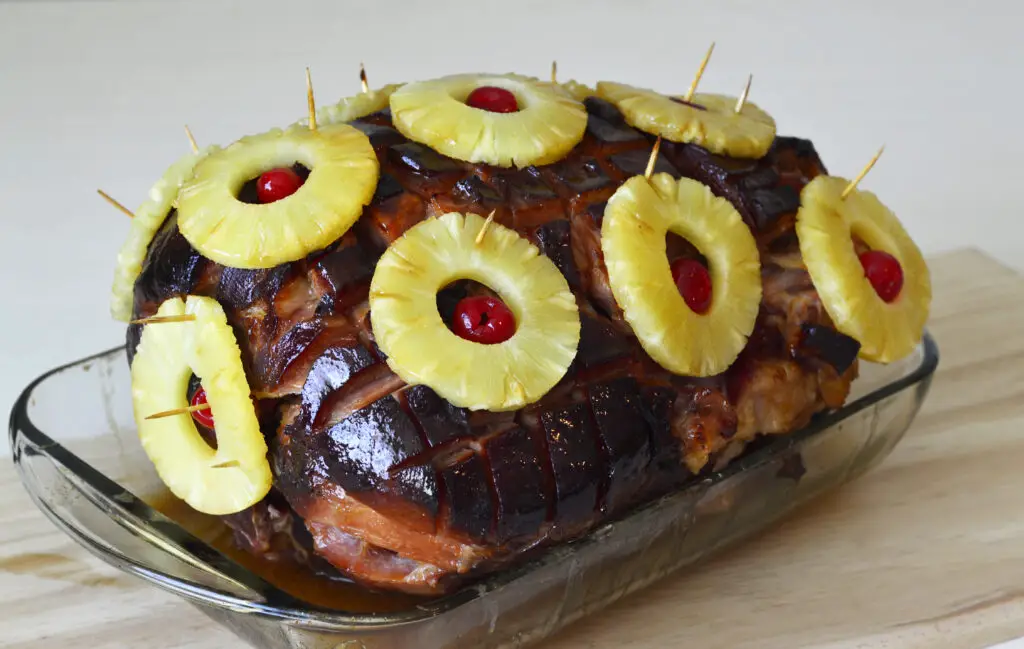
Canned meat was having a moment in the ’50s, and Spam was a superstar. One popular way to serve it was by slicing it up, topping it with pineapple rings, brushing it all with brown sugar or mustard glaze, and baking it until golden. It was sweet, salty, and oddly festive-looking, often appearing at family gatherings or potlucks.
These days, processed meat like Spam is more of a punchline than a pantry staple. It’s packed with preservatives, fat, and sodium, which modern nutritionists try to steer people away from. Add in sugary canned pineapple and you’ve got a dish that’s high in sugar and salt with minimal nutrients. It might’ve seemed exotic back then, but now it’s more of a retro curiosity.
6. Mayonnaise-Based “Salads”
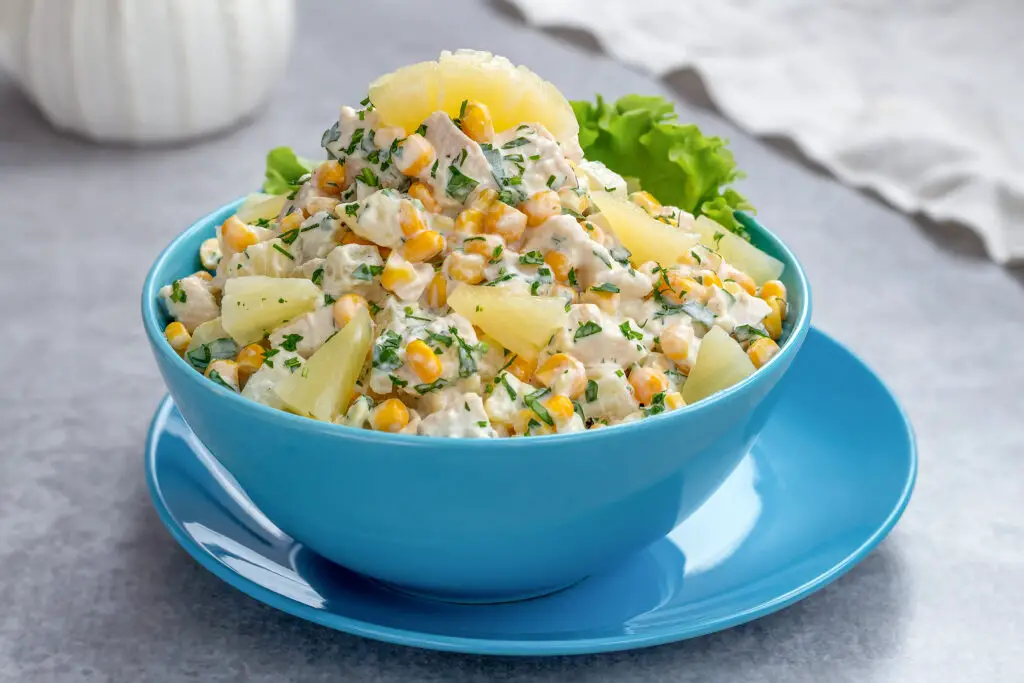
Potato salad, macaroni salad, egg salad—if it could be mixed with a generous amount of mayo, it counted as dinner. These dishes were served cold and often featured add-ins like pickles, hard-boiled eggs, and sometimes even canned vegetables. The more mayo, the better, and light versions didn’t exist back then.
From a health standpoint, these salads are kind of a nightmare. Mayonnaise is high in fat and calories, and when you’re using it as the main ingredient, you’re not exactly creating a balanced plate. Plus, there was often little to no fresh produce involved. Today’s take on “salad” usually involves leafy greens, lean protein, and a drizzle of olive oil—not a quart of mayonnaise.
7. Meatloaf with Ketchup Glaze
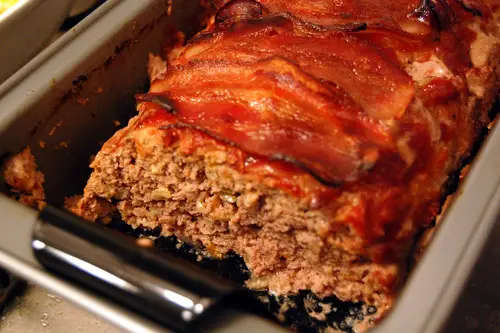
Meatloaf was a staple for good reason—it was inexpensive, hearty, and easy to stretch with fillers like breadcrumbs or oats. It was usually slathered in ketchup, baked in a loaf pan, and sliced like cake. Leftovers were a bonus, and it was considered the perfect middle-of-the-week meal.
But a meat-heavy dinner like this doesn’t exactly align with today’s dietary goals. Most versions used fatty ground beef, and the glaze added extra sugar. The lack of vegetables didn’t help either—unless you counted the ketchup as one. While meatloaf still has its fans, nutritionists today would likely suggest swapping in ground turkey and loading it with veggies instead.
8. Chicken à la King
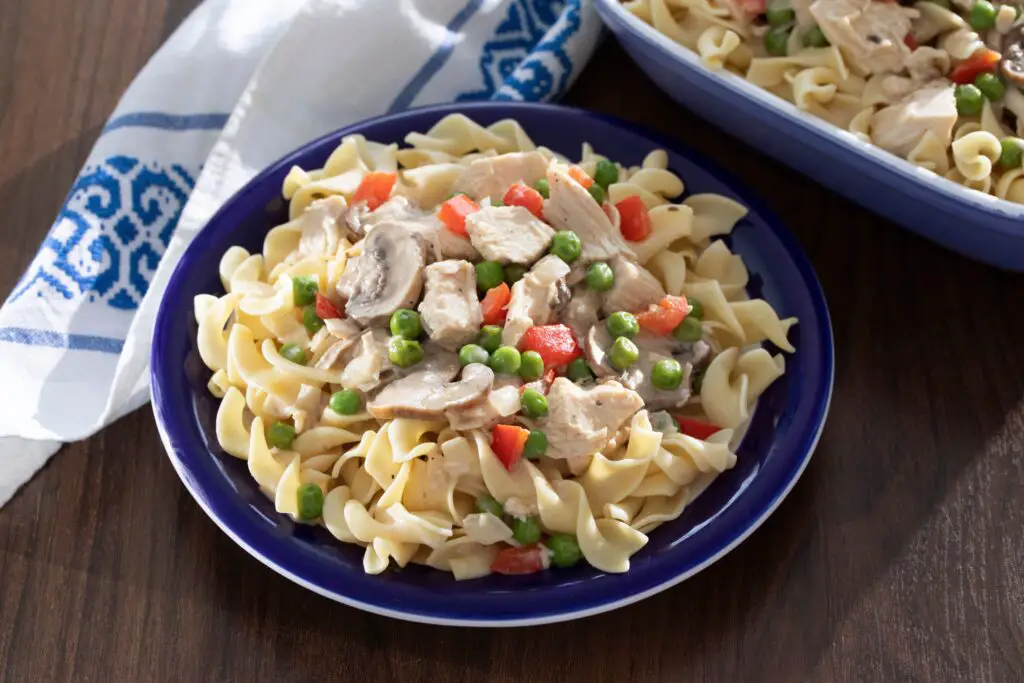
This creamy concoction involved diced chicken, mushrooms, and green peppers in a rich white sauce, usually served over toast, rice, or biscuits. It was considered a “fancy” dinner at the time, perfect for guests or Sunday night meals. The sauce was thick, rich, and very much the star of the dish.
Today’s health experts would probably take issue with the heavy use of cream or whole milk and the starchy base it was served on. It was comfort food, but also a high-calorie, high-fat bomb. With little fiber and a lot of dairy, it wouldn’t win many nutritional points today. You’re more likely to see grilled chicken over a quinoa salad on modern plates.
9. TV Dinners
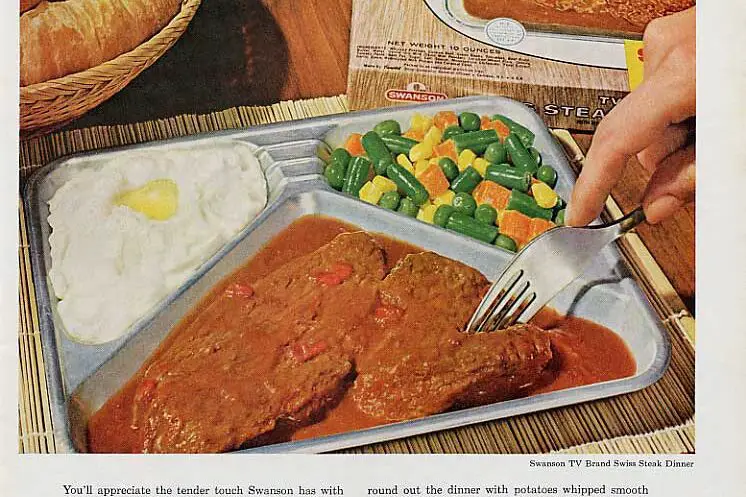
When Swanson launched the first frozen “TV dinner” in the ’50s, it felt revolutionary. You got meat, mashed potatoes, veggies, and maybe even dessert in a neat little aluminum tray, ready in minutes. Eating in front of the TV became a cultural shift, and convenience reigned supreme.
But those early frozen meals were loaded with sodium, preservatives, and trans fats. They often lacked fiber and were heavy on starch and saturated fat. Nutritionists now recommend whole, minimally processed foods, and frozen entrees have come a long way since then. Still, the original TV dinner is a reminder of when ease beat out nutrition every time.
10. Bologna Casserole

This dish took one of the most processed meats around and baked it into a casserole with things like rice, canned soup, and sometimes even Velveeta. Bologna was sliced and layered in, kind of like lasagna but without the glamour. It was cheap, easy, and surprisingly popular in budget-conscious homes.
Today, processed deli meats like bologna are on the “avoid” list for many health professionals. High in sodium and nitrates, they’ve been linked to heart disease and other health concerns. Add in the canned soup and processed cheese, and you’ve got a nutritionist’s nightmare. It might’ve fed a lot of mouths, but not in the healthiest way.
11. Canned Corned Beef Hash
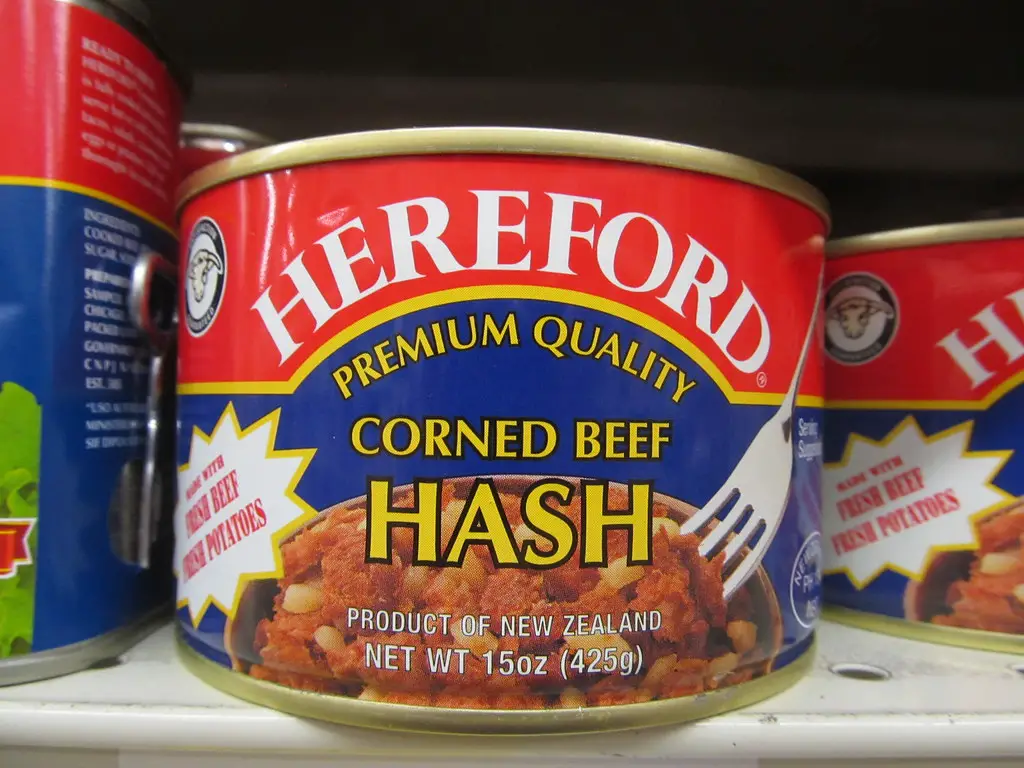
This pantry-friendly meal involved dumping a can of corned beef hash into a skillet, frying it until crispy, and calling it dinner. Sometimes it was topped with an egg, but more often, it was served on its own with a side of toast. It was filling and fast, which made it a favorite for busy families.
Nutritionally, though, it leaves a lot to be desired. The canned version is packed with salt, saturated fat, and very little in the way of fresh ingredients. There’s not a vegetable in sight, and it’s more about flavor and texture than balanced nutrition. Today, a homemade veggie hash would be a far better option.
12. Salisbury Steak
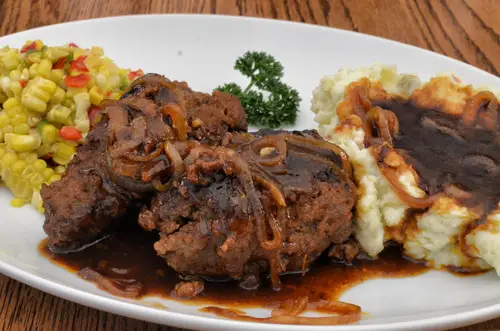
This TV dinner classic also made regular appearances in homemade form. Ground beef patties were shaped like steaks, smothered in gravy, and served with mashed potatoes and peas. It was an easy way to dress up hamburger meat and make it feel like a “real” dinner.
But it was also a sodium bomb, and the gravy often came from a packet or a can. The beef was usually high in fat, and mashed potatoes often came from a box. While hearty, the dish didn’t offer much in terms of nutritional balance. Today’s version might use lean beef and a mushroom-based gravy—but the original? Not so much.
13. Deviled Ham Spread
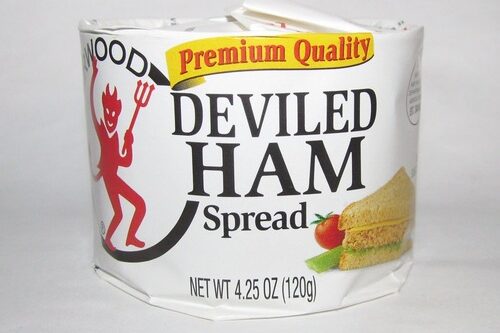
This was the kind of thing you’d find at a bridge party or served with Ritz crackers for dinner on a hot night. Deviled ham came in a can and was mixed with mayo, mustard, and spices to make a savory spread. It was served cold and considered quite the treat in its time.
Unfortunately, it was also packed with preservatives and sodium, not to mention mystery meat vibes. The combination of processed ham and full-fat mayo doesn’t scream health-conscious today. It was more about convenience and novelty than nourishment. These days, nutritionists would rather see a homemade chicken salad with Greek yogurt instead.
14. Hamburger Pie
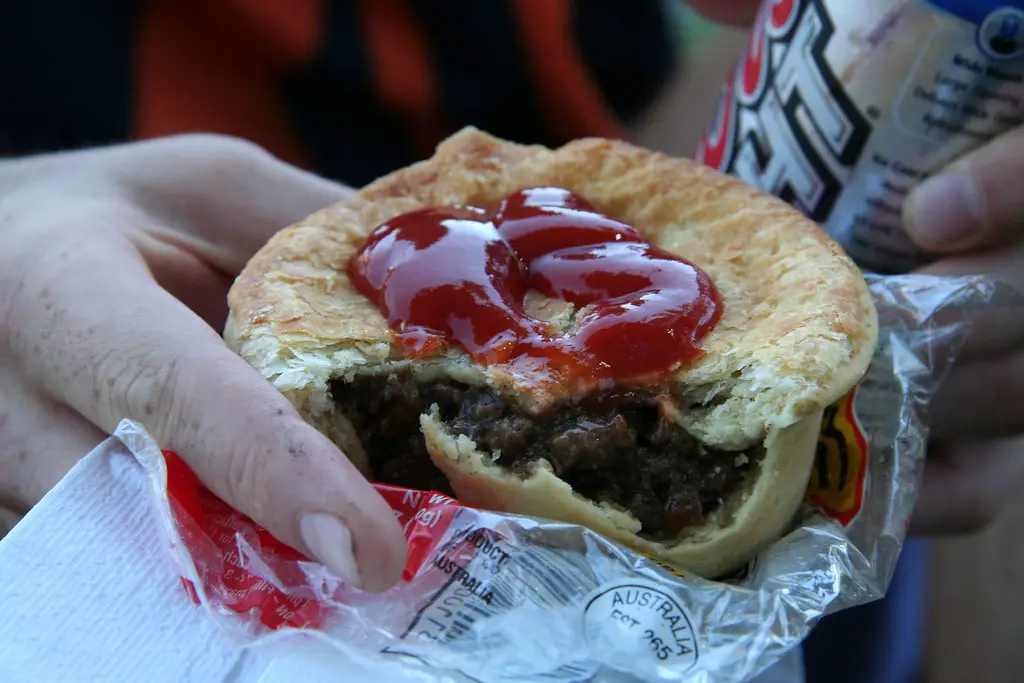
Also called “upside-down meat pie,” this dish featured ground beef, canned green beans or corn, and a layer of mashed potatoes on top. It was baked until golden and scooped out like a casserole. It felt wholesome at the time and was considered a full meal in one pan.
The problem is, it relied heavily on processed or canned ingredients and fatty beef. The potatoes were often loaded with butter and cream, and the veggies were more of an afterthought. There wasn’t much fiber, and the fat content was sky-high. It’s a far cry from today’s veggie-forward, lean-protein-packed meals.
15. Hot Dog Casserole
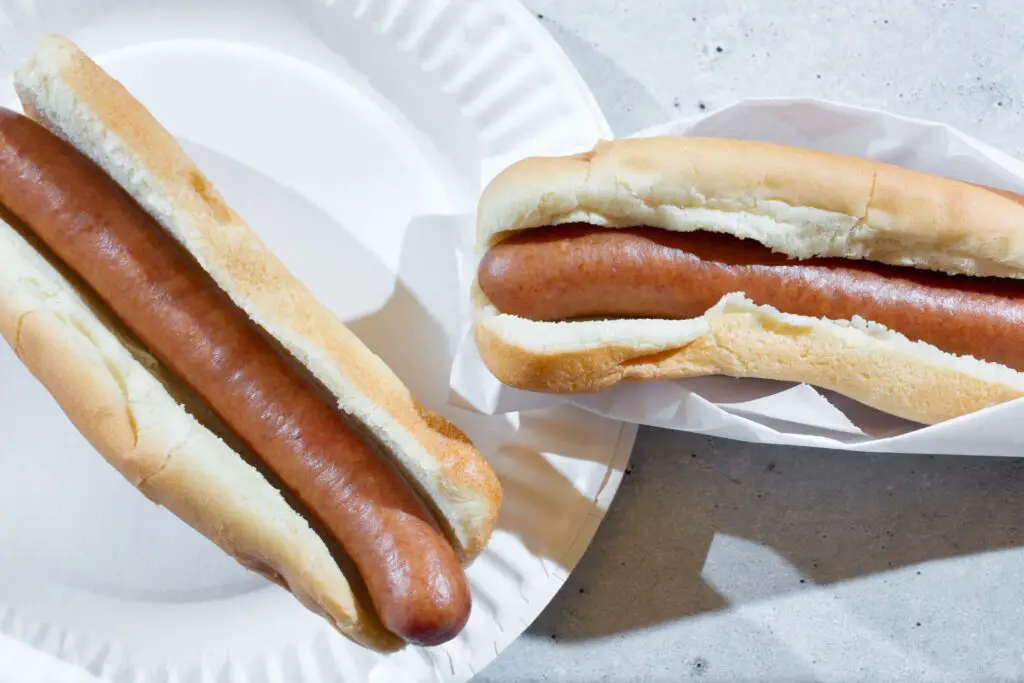
Yes, this was a thing—and yes, it was exactly what it sounds like. Sliced hot dogs were mixed with baked beans, cheese, or even macaroni and baked until bubbly. It was popular with kids, easy to throw together, and stretched a package of hot dogs to feed the whole family.
Modern nutritionists would likely tell you to run the other way. Processed meats like hot dogs are among the least healthy choices around, especially when combined with cheese and sugary baked beans. The fat, salt, and additives add up quickly. It may have been a crowd-pleaser then, but now it’s more of a nostalgia trip than a dinner plan.
